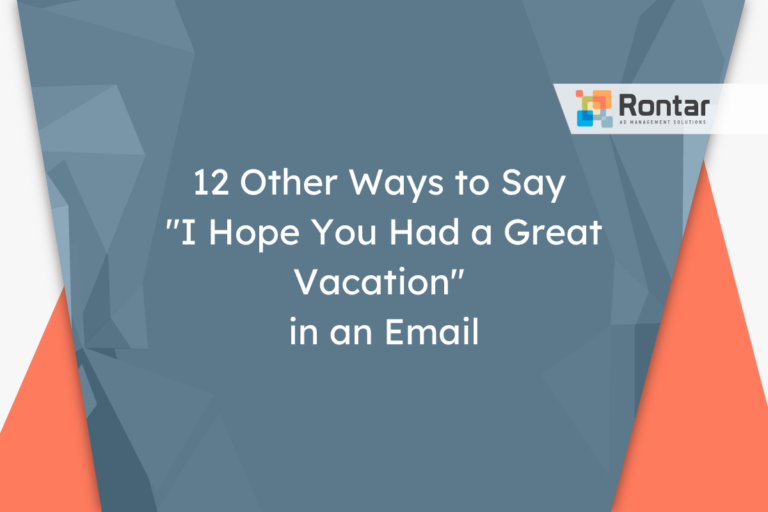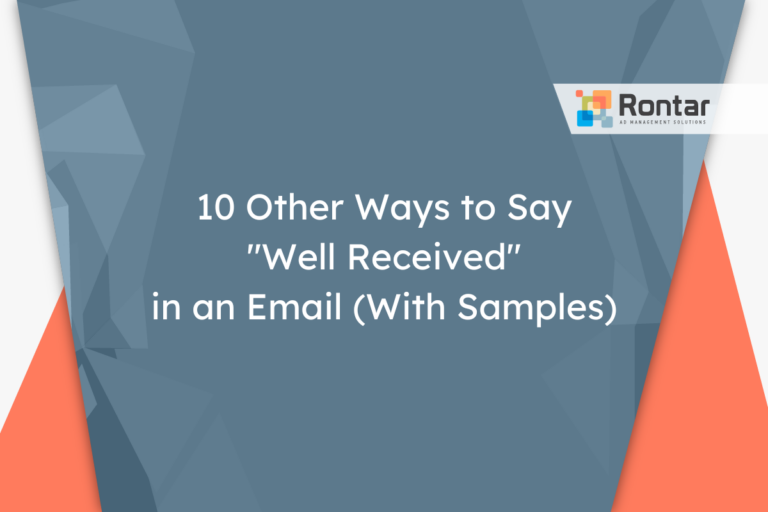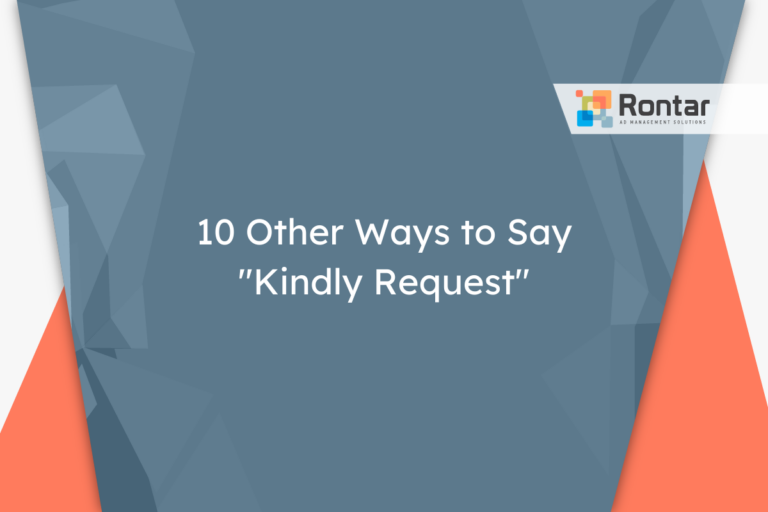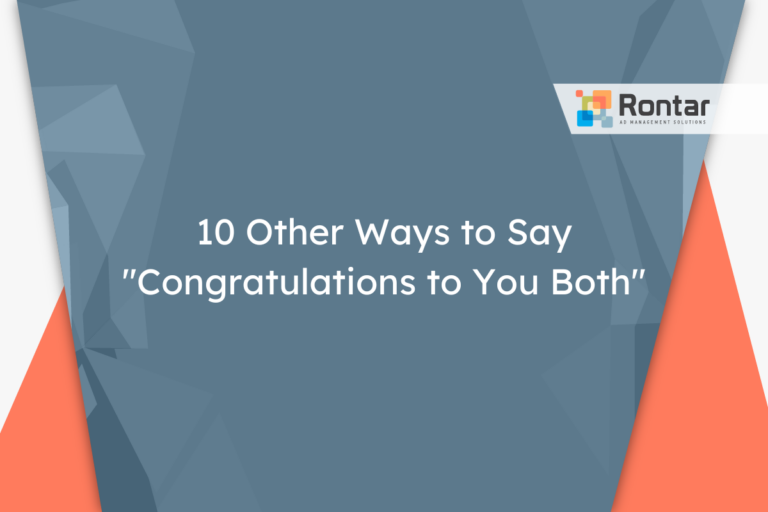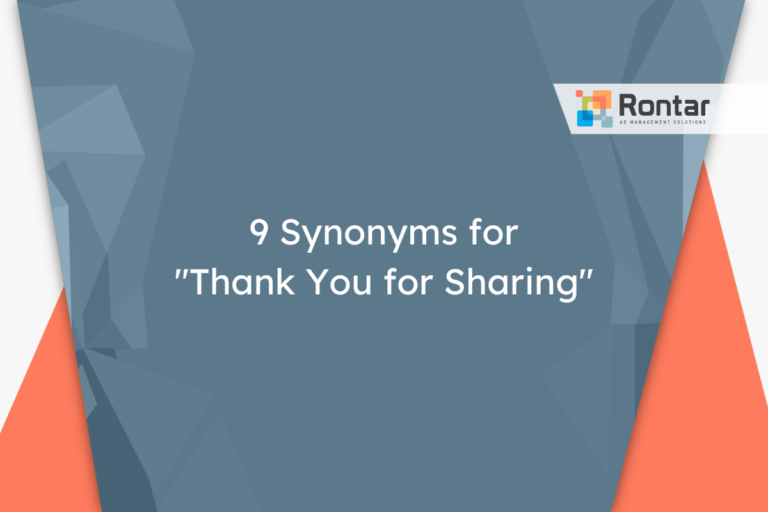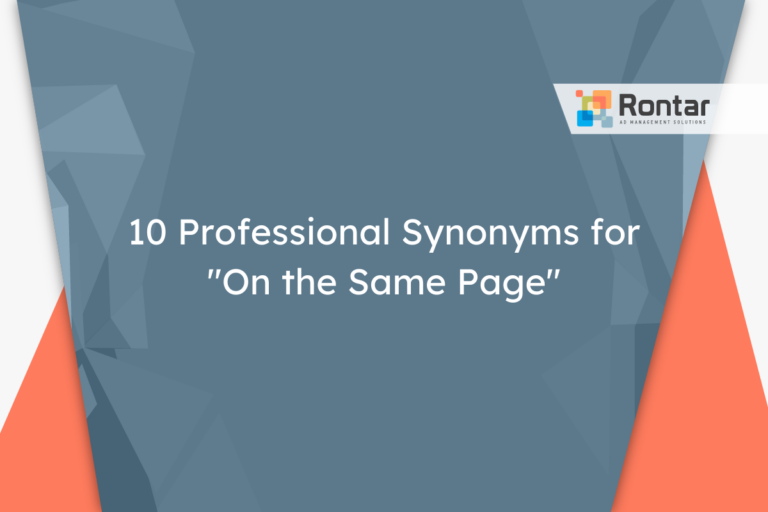10 Synonyms for “I Look Forward to Connecting With You”
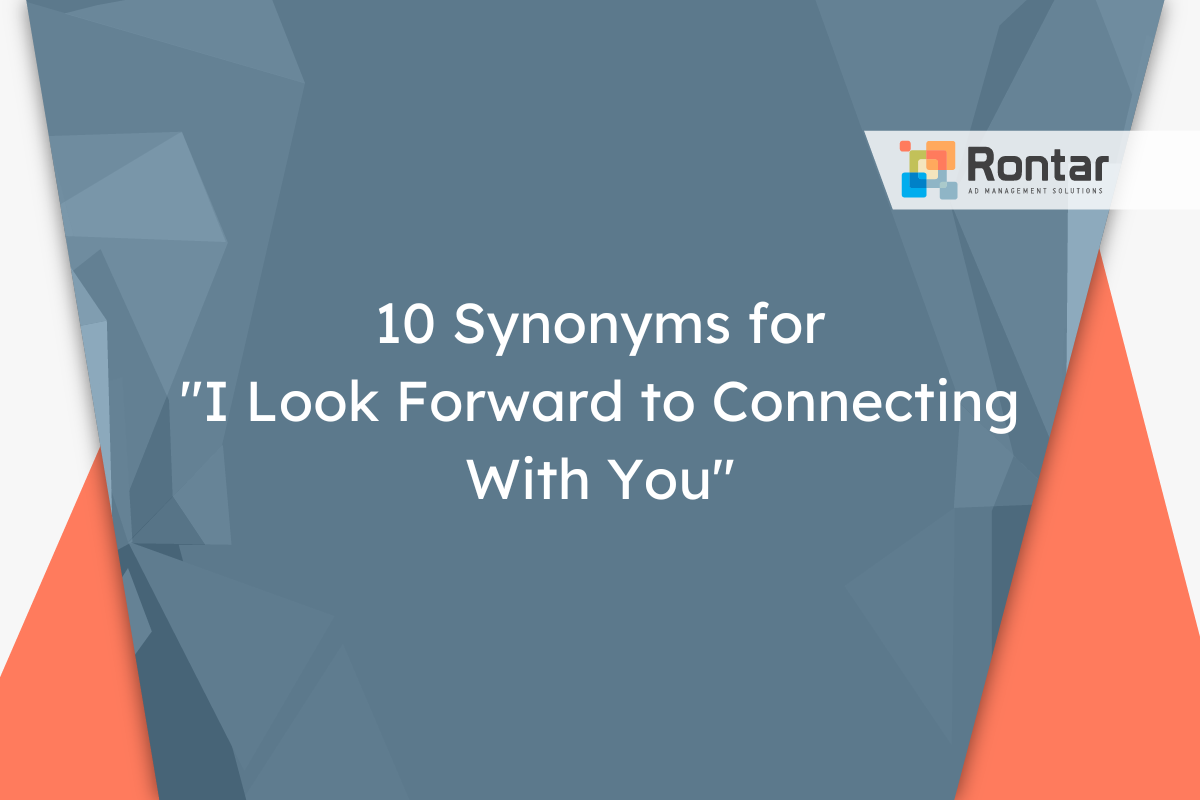
Communicating professionally often involves finding the right way to express your eagerness to connect with others. Whether it’s through emails, letters, or direct messages, the phrase “I look forward to connecting with you” is widely used but can sometimes feel repetitive.
This article provides ten alternative ways to convey the same message, helping you keep your communication fresh and engaging. Each alternative is explained with its appropriate context and includes sample email examples for better understanding.
Is It Professional to Say “I Look Forward to Connecting With You”?
Yes, the phrase “I look forward to connecting with you” is considered professional, formal, and polite. It’s a common way to end conversations or messages when you want to express eagerness about future communications or meetings. You can use this phrase in both professional and semi-formal settings. It’s often seen in emails, letters, or during professional meetings when setting up future discussions.
In scenarios like after a job interview, networking events, or when you’re wrapping up a business meeting, this phrase fits perfectly. It signals that you value the other person’s input and are eager to hear more from them. It helps to create a positive impression, showing that you’re both interested and respectful.
Here is a short example of how it could be used in an email:
Dear Mrs. Smith, Thank you for taking the time to discuss the project details with me today. I found our conversation insightful and am excited about the potential collaboration. I look forward to connecting with you next week to finalize the plans. Best regards, Emily Rivera
Here are the pros and cons of using this phrase:
Pros:
- Shows enthusiasm and interest in future interactions.
- Creates a positive and professional closing to your message.
- Appropriate for a wide range of professional situations.
Cons:
- Can be seen as too formal in very casual or informal contexts.
- Overuse can make it seem insincere or routine.
- May not suit every type of professional relationship or setting.
Even though it’s a well-accepted and professional phrase, there might be situations where you would want to use an alternative. Depending on your relationship with the recipient, the context of your message, or simply to add variety to your communication, looking for synonyms or alternative phrases can be beneficial. Alternatives can help convey your message in a more personalized or casual tone if needed. Being aware of different ways to express your interest in future communications can help make your correspondence stand out and seem more genuine.
10 Other Ways to Say “I Look Forward to Connecting With You”
Finding the right words can add variety to your messages. Here are ten alternatives that convey eagerness and professionalism:
- I look forward to meeting with you
- I hope to speak with you soon
- I’m looking forward to speaking with you
- Looking forward to talking with you
- I am keen to discuss this with you further
- I’m excited to connect
- I’m excited about our meeting
- I await the opportunity to connect soon
- Eagerly anticipating our next discussion
- Can’t wait to connect with you
1. I look forward to meeting with you
This alternative is quite similar to the original phrase but places a stronger emphasis on the physical aspect of meeting in person. It conveys enthusiasm and a professional attitude while being slightly more formal.
This phrase is better suited for scenarios where a face-to-face meeting is planned or preferred. It sets a professional tone for the upcoming interaction and is ideal for situations where establishing a personal connection is beneficial, such as interviews, client meetings, or networking events.
Here’s a sample message using this alternative:
Hi Michael, Thank you for reaching out to discuss your project. I look forward to meeting with you to talk about how we can work together effectively. Best regards, Alex
2. I hope to speak with you soon
This phrase is a bit less formal than the original, yet it still maintains a polite and hopeful tone. It’s versatile and can be used in both written and spoken communication.
It’s particularly well-suited for instances where you’re not sure of the other person’s availability or if the plan to connect is still tentative. It also works well in less formal settings or when you’ve had prior interactions that were friendly and casual.
Here’s an example of how to use this phrase in an email:
Hi Emily, I appreciated our initial conversation about your design needs. I hope to speak with you soon to delve deeper into your project requirements. Warmly, Jordan
3. I’m looking forward to speaking with you
This alternative is very close to the original phrase but feels slightly more informal due to the contraction “I’m.” It’s friendly while still being professional.
It works best in situations where you have a scheduled call or virtual meeting. This phrase is perfect for emails or messages that aim to confirm a meeting time or express genuine interest in the upcoming conversation.
Here’s a sample message for context:
Hi Lucas, Following up on our discussion at the conference, I'm looking forward to speaking with you about potential collaboration opportunities. Kind regards, Sophia
4. Looking forward to talking with you
This synonym is more informal and direct. It cuts out the subject, making it feel more casual and conversational. It still conveys anticipation and enthusiasm.
It is better suited for situations where you have established a rapport with the other person or in less formal professional settings. This phrase can help maintain a friendly atmosphere while discussing future plans.
Consider this example for your next email:
Hi Casey, It was great learning about your innovative projects. Looking forward to talking with you more about how we can support your efforts. Best, Taylor
5. I am keen to discuss this with you further
This phrase is slightly more formal and emphasizes a strong interest in the topic at hand. It’s particularly useful in conveying your enthusiasm about a specific aspect of your conversation.
When you want to highlight your eagerness to dive deeper into a subject or project, this phrase is ideal. It suits professional environments where detailed discussions or negotiations are expected, such as project planning or collaboration proposals.
Here’s how you might use it in a message:
Hi Harper, After reviewing your proposal, I am keen to discuss this with you further. There are a few areas where I believe we can enhance the project's impact. Sincerely, Avery
6. I’m excited to connect
This alternative is more informal and conveys a high level of enthusiasm. It’s less traditional but can energize the tone of your message.
This phrase is perfect for less formal interactions where you want to express genuine excitement about the opportunity to work together or learn more about what the other person does. It’s great for creative industries or startups where a more personal touch is appreciated.
An example email might look like this:
Hi Jordan, I've heard a lot about your innovative approaches to marketing. I'm excited to connect and hear your insights firsthand. Cheers, Morgan
7. I’m excited about our meeting
This version is similar to the previous one but specifies the excitement is about an upcoming meeting. It’s slightly more formal than “I’m excited to connect” but still carries a strong personal interest.
When you have a scheduled meeting that you are genuinely looking forward to, especially if it’s about a topic or project you’re passionate about, this is the phrase to use. It sets a positive, anticipatory tone for the meeting.
Here’s a sample email using this phrase:
Hi Bailey, Thank you for arranging a time to discuss the new project. I'm excited about our meeting and the ideas we'll explore together. Best wishes, Riley
8. I await the opportunity to connect soon
This synonym is more formal and emphasizes patience as well as anticipation. It suggests a respectful waiting for the right moment to connect.
This phrase is better suited for communications where you want to convey professionalism and a bit of formality. It works well when following up on a conversation or when you’re waiting for a response from someone busy.
Consider this example for your next correspondence:
Hi Alex, Following our brief interaction at the seminar, I await the opportunity to connect soon to discuss how we can collaborate. Regards, Jordan
9. Eagerly anticipating our next discussion
This phrase is more formal and shows a high level of enthusiasm and expectation. It’s perfect for when you’ve already had a fruitful discussion and are looking forward to continuing it.
It is particularly effective in scenarios where ongoing discussions or negotiations are taking place, and you want to express your enthusiasm for the next phase. It’s suitable for professional settings where detailed follow-up discussions are planned.
Here’s an example of its use:
Hi Taylor, Our last conversation was incredibly productive. Eagerly anticipating our next discussion on how to move forward with the project. Yours truly, Harper
10. Can’t wait to connect with you
This is the most informal of the alternatives and conveys a very casual, enthusiastic tone. It’s perfect for when you have a friendly relationship with the person you’re writing to.
This phrase is best used when you want to express excitement in a casual manner, particularly in industries or situations where formalities are less emphasized. It’s great for when you’re looking forward to a meeting with someone you have a good rapport with.
Here’s how you could frame it in an email:
Hey Sam, I thoroughly enjoyed our last chat about potential collaboration. Can't wait to connect with you and brainstorm some ideas. All the best, Jamie
Final Thoughts
Choosing the right words to express your anticipation for future interactions is crucial in maintaining professionalism and sincerity. The alternatives provided in this article offer you a variety of ways to convey this message, suited for different contexts and tones. By selecting the appropriate alternative, you can make your communications more engaging and personalized, which can greatly benefit your professional relationships.
Remember, the key to effective communication is not just in what you say but also in how you say it. With these alternatives, you now have more tools at your disposal to express your eagerness to connect with others in a way that matches the tone and formality of your relationship.

